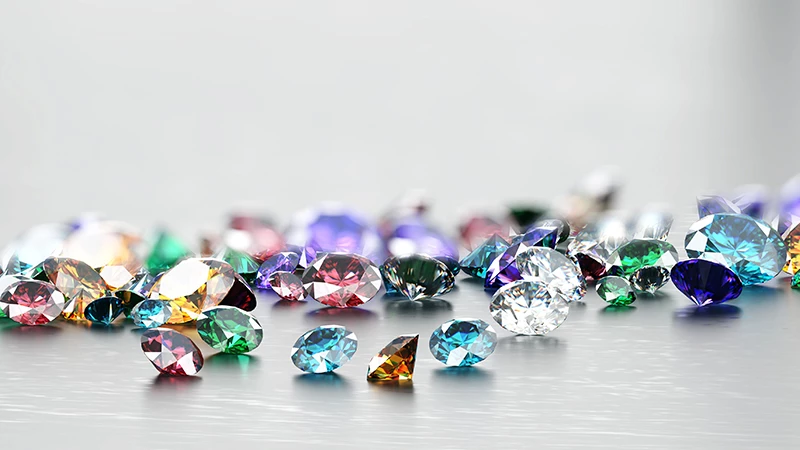Sapphires are a popular gemstone known for their beautiful blue color, and also for a range of other colors, such as pink, purple, yellow, and green. However, not all sapphires occur equally. Some sapphires have unstable colors that can change over time or under certain conditions. GIA keeps testing sapphires under different conditions and observes the change in color. In this article, we will discuss everything you need to know about sapphires with unstable colors.
What Are Sapphires With Unstable Colors?
Sapphires with unstable colors are gemstones that can change color over time or due to external factors, such as exposure to light, heat, or chemicals. Some sapphires with unstable color can display a phenomenon known as color zoning, in which different parts of such gemstones have different colors or intensities. This can result in a patchy appearance or visible color variations in the same stone.

What Are The Causes Of Unstable Colors In Sapphires?
The causes of unstable colors in sapphires can vary depending on the type of sapphire and the conditions it is exposed to. In some cases, the color change can be due to the presence of trace elements or impurities in the crystal structure of the sapphire. For example, the color change in pink sapphires can be caused by the presence of chromium and iron in their crystal structures.
In other cases, the color change can be due to the structure of the sapphire itself. Some sapphires have a hexagonal crystal structure that can cause the incident light to split into two rays, resulting in different colors when viewed from different angles. This phenomenon is known as pleochroism.
Ways To Identify Sapphires With Unstable Colors
Identifying sapphires with unstable colors can be challenging because the color change can be subtle or only occur under certain conditions. One way to identify sapphires with unstable colors is by examining them under different lighting conditions, such as natural light, fluorescent light, and incandescent light. This can reveal any color change or color zoning that may be present in the gemstone.
Another way to identify sapphires with unstable colors is by examining them with a gemological microscope. This can reveal any inclusions or other structural features that may be contributing to the color instability. GIA tests color change in sapphires by exposing them to UV light for hours because they have found that most often sapphires change their colors after exposure to the sunlight for years since sun rays also have UV rays.
If you own a sapphire jewel and aren’t sure whether it has changed its color over time, there is a simple way of ascertaining that at home. Keep clicking pictures of your sapphire jewel fortnightly or monthly with the same camera and under the same lighting conditions. Compare these pictures and see if you can find any differences in the color of the sapphire.
How To Care For Sapphires With Unstable Colors
Once you’ve ascertained that you own a sapphire with an unstable color, it is crucial to take care of it properly to minimize any color changes or damage. Here are some tips for caring for sapphires with unstable colors.
1. We have already discussed that UV rays present in sunlight can affect the color of sapphire. So, avoid exposing the sapphire to direct sunlight or high temperatures because this can fade or change the color of the gemstone.
2. With a hardness score of 9 on the Mohs scale of hardness, sapphire falls in the category of hard gemstones, but exposure to chemicals can affect its surface. Avoid exposing the sapphire to chemicals, such as bleach, cleaning agents, or hairspray, because such chemicals can change the color of the gemstone or develop cloudiness.
3. When you are not wearing your sapphire jewelry, you should store it in a cool, dry place, away from sunlight and heat.
4. When it comes to caring for your sapphire jewelry, you should clean it regularly with a soft brush and mild soap water. Avoid using ultrasonic cleaners or steam cleaners because they can damage the gemstone.
Conclusion
In conclusion, some sapphires with unstable colors can be beautiful and unique, and others may change their colors permanently due to exposure to certain physical conditions. If you are considering purchasing a sapphire with an unstable color, make sure to do your research and consult a reputable gemologist to ensure that you are selecting a high-quality gemstone that will meet your needs and preferences.